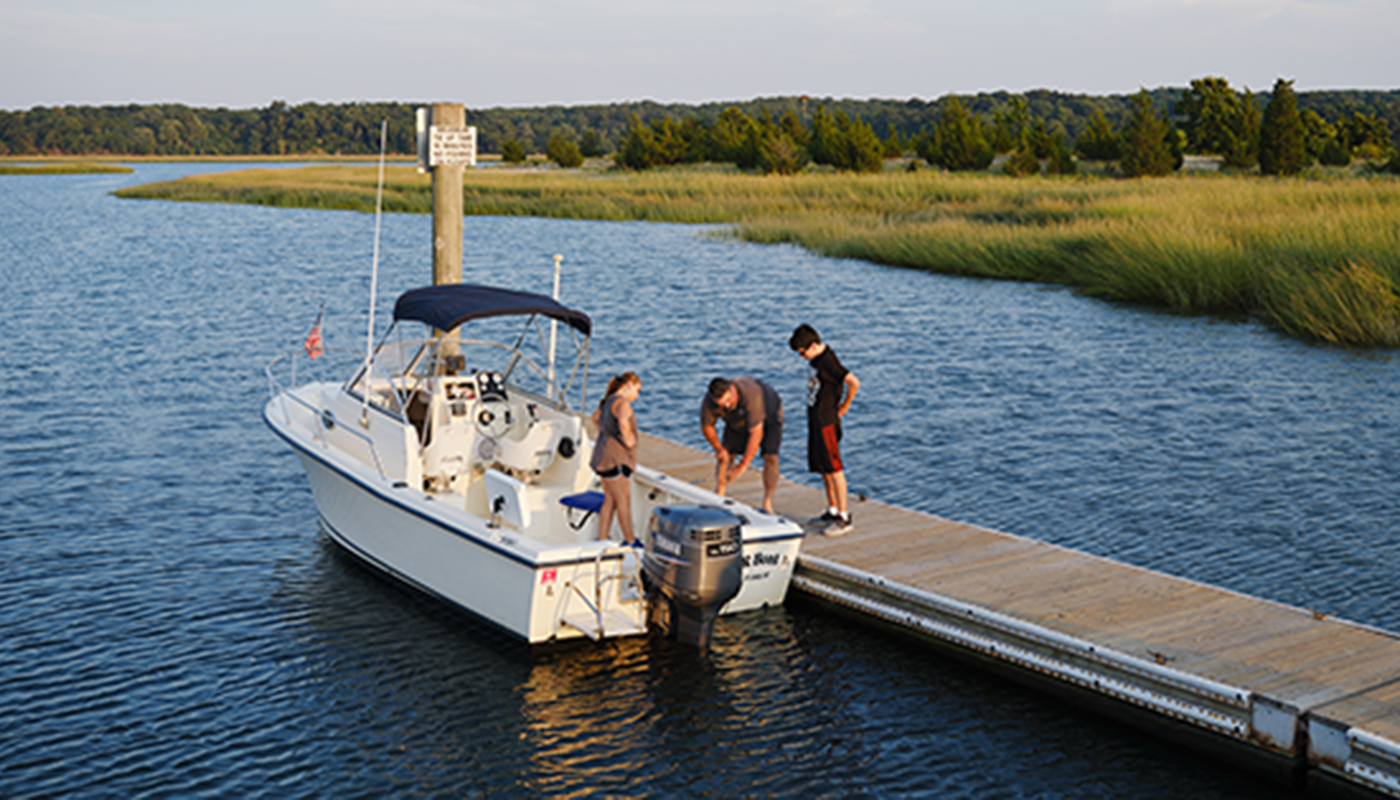When high school ended, 18-year-old Matt Laub told his parents that he wanted to take a year off. “That went over like a house of cards,” Matt recalls with a laugh. “When Monday morning rolled around, my stepfather told me to get out of bed, get my boots on, and get to work. That’s how I found myself on a Long Island construction site at 8:00 AM – and I’ve been there ever since.”
Matt moved to Long Island just before second grade and has lived there for more than 40 years. “I inherited a lot of my Long Island pride – and my union pride – from my stepfather,” Matt says. “My mom remarried when I was around 12, and my stepfather was a lifelong union guy. There were times when the family struggled, but he was always in the union, and he always brought home a paycheck.”
From trainee to general foreman
Following in his stepfather’s footsteps, Matt joined the local union and trained as a construction worker. “Union training means practice, doing the same thing over and over until you can do it safely and correctly,” says Matt. “My local had a whole safety school, and you couldn’t even sign up without training. That’s how you get quality work from skilled tradesman.”
All that practice paid off when Matt became General Foreman for the Haugland Group, a family-owned, Long Island business. “Being a foreman comes with a lot of responsibility, but I love getting a job done well – especially when you can see the results,” says Matt. “One of my first jobs with Haugland Group was building the bike path on Route 347 in Smithtown. I drive past it every day.”

Matt managing construction.
The next big project: offshore wind
In 2017, the Long Island Power Authority selected Ørsted and Eversource to build an offshore wind farm in federal waters off the coast of New York. “Offshore wind was pretty new back then,” Matt recalls, “but I love a challenge. Haugland Group was contracted to build an onshore substation for the project, as well as ducts for the underground cables.” These components are crucial to bringing power from the offshore wind turbines to homes on Long Island.
Now in 2024, this project – known as South Fork Wind – is reaching completion and starting up official operations. “It’s different than the bike path,” Matt notes, “because all the onshore cables are underground. While our construction work was critical to the project, the results are almost invisible. The only sign my crew worked on South Fork is a few manhole covers.”

Matt and crew working on Beach Lane.
Clean energy for the next generation
While the cables Matt and his crew skillfully built and installed aren’t visible to the eye, Matt sees a different kind of reward in working on South Fork Wind. “I have a son and a daughter – Matty and Mia. I want them to understand the value of working for their community, of paying it forward. More clean energy in Long Island means cleaner air, better water, a healthier environment for all our neighbors.”
This summer, when Matt takes his kids sailing, he’ll do so with a different kind of pride. “I won’t see the South Fork turbines myself – they’re too far out to sea for that,” Matt says. “But I’ll know they’re out there, spinning, sending clean energy to my hometown.”

Matt with kids and boat.










